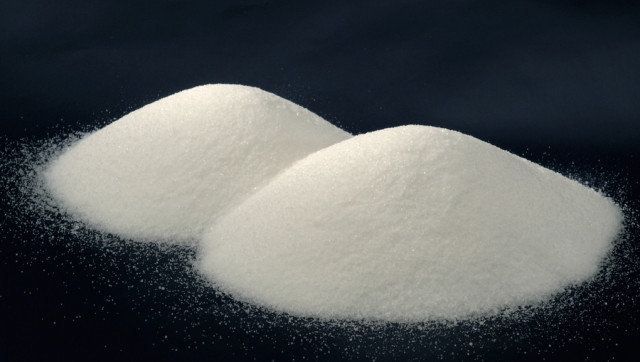
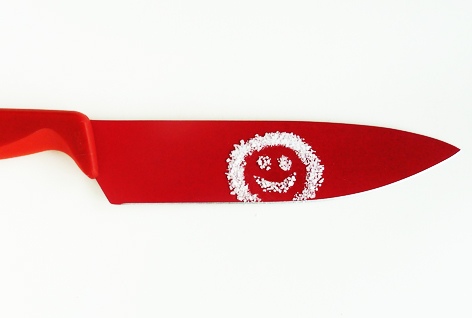
I recently wrote a blog about sugar and learned about sugar hidden in foods. I thought I should give salt a fair shake too.
I started researching and discovered that sodium is a surprise ingredient in many foods. Sodium occurs naturally in some foods- usually in tiny quantities. However, there is a significant amount of sodium in beets, celery and dairy products.
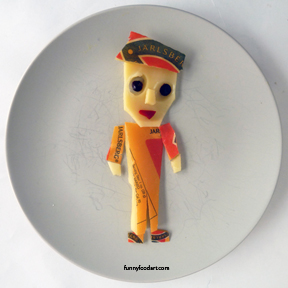
People sometimes use sodium and salt interchangeably, probably because salt is the most common form of sodium- about 40% of sodium is salt and 60% chloride.
Sodium, a mineral found in the fluid surrounding the cells in our body helps regulate blood pressure and fluid volume. It also helps maintain pH balance. Our muscles and nervous system need sodium to function properly. It is unusual to have a sodium deficiency-unless you were vomiting, had diarrhea or were sweating excessively. Most diets contain more than enough sodium.
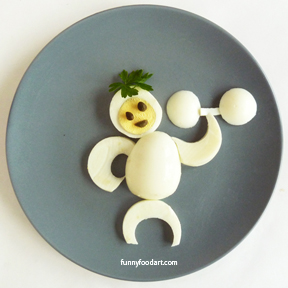
Too much sodium in our diet is the issue: it raises blood pressure which is a major factor in heart disease and stroke; it may increase water retention; increases calcium loss from our bones.
The Center for Disease Control reports that 10 food groups are responsible for over 44% of the sodium intake in the American diet. That's not even counting the salt we use in cooking or at the table.
The USA Dietary guidelines suggest limiting sodium intake to between 1500 and 2300 milligrams a day, that is less than one teaspoon of salt. Unfortunately, the typical daily Western diet contains around 5,000 milligrams.
I assumed chips and pretzels and other salty snacks are the number #1 source. WRONG- they are number #10.

The number # 1 source of sodium in our diet is bread and rolls. It's partly because we consume a lot of bread and there is a lot of sodium in many breads. There is as much as a 150 mg difference between amounts of sodium in packaged breads. Often low fat breads have less sodium. Glad to see that the bread I usually eat has only 75 mg of sodium per slice. However, Bill brought home a delicious challah the other day and now that I'm learning about sodium I noticed it had 220 mg per slice. That was an awakening.
Processed foods usually contain a lot of sodium in the form of preservatives and flavor enhancers. A shocking 75% of the sodium in our diets is added by manufacturers in foods such as: cold cuts including bologna, ham, corned beef and other luncheon meats. And folks look out for the sodium in pizza and sauces. Yikes. The mozzarella alone can add 700 mg of sodium. And wait till you see the amount of sodium in canned soups!
I was startled to see that sodium in cheese can range from 54 mg. in an ounce of Swiss cheese (4 mg in reduced-sodium Swiss) to 454mg. in Parmesan.
Let's teach our children to enjoy low-sodium foods.
Why should we help our children develop a taste for salty foods that is not good for their health and influences their eating patterns for life?
There is research to suggest that when children have high salt intake it may predispose them to the development of high blood pressure.
Some helpful strategies to shake the salt habit
The most important strategy is to become an informed consumer. I thought I was and I'm astonished by my own ignorance. I had no idea that poultry and beef are often plumped up with a salt solution
A practical strategy is to plan for those high sodium foods. When knowingly consuming them on occasion, cut down on other sources of sodium that day.
Another strategy is to look for products with less sodium, For example soy sauce, luncheon meats and cheese come in reduced-sodium alternatives.
Keep in mind when eating out that breading and sauces add sodium to dishes.
Use more herbs and spices to season food instead of salt.
Rinse canned foods, such as tuna and beans to remove the sodium.
Do more home cooking and make extra to take for lunch.
Gradually cutting down on adding salt in cooking or at the table.
Unprocessed, or fresh foods contain the least amount of sodium. Serve more fresh fruits and vegetables instead of chips, pretzels and salted nuts.
Buy foods "with no salt added" on their labels.
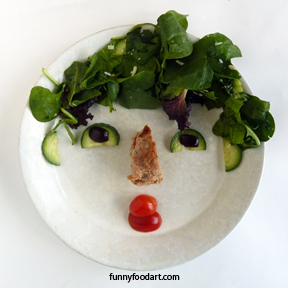
Check out some fun ways to serve fruit snacks and veggies in our book- Funny Food.
Visit funnyfoodart.com and "Like" us on Facebook.